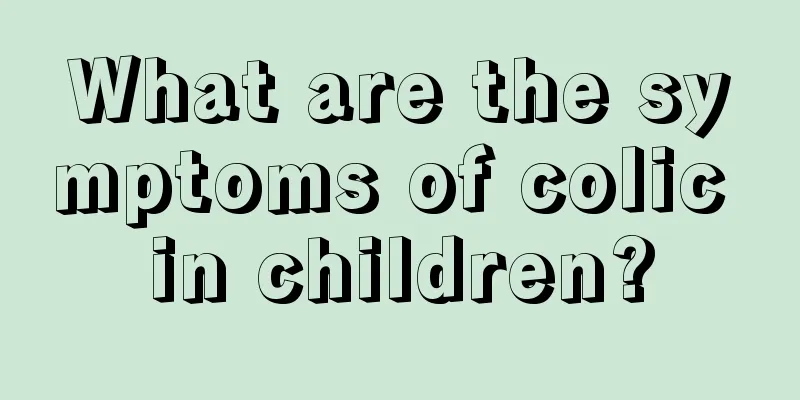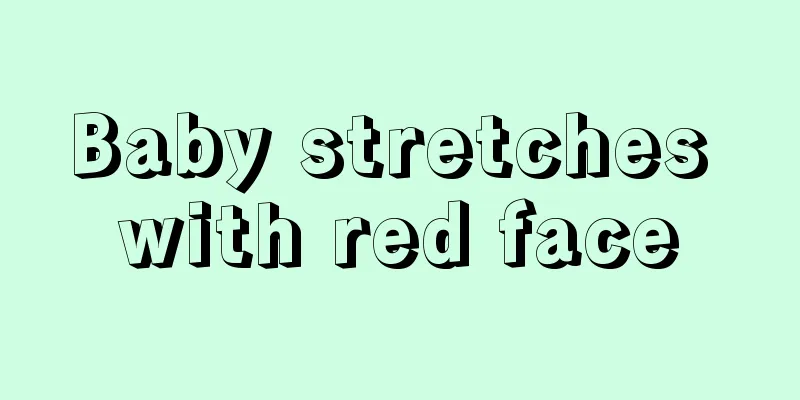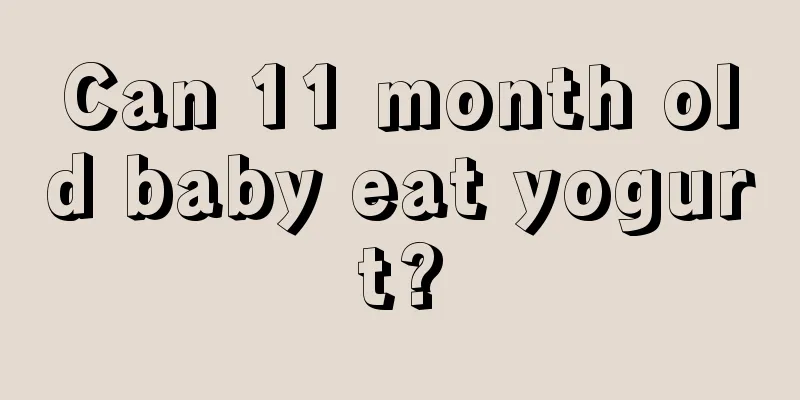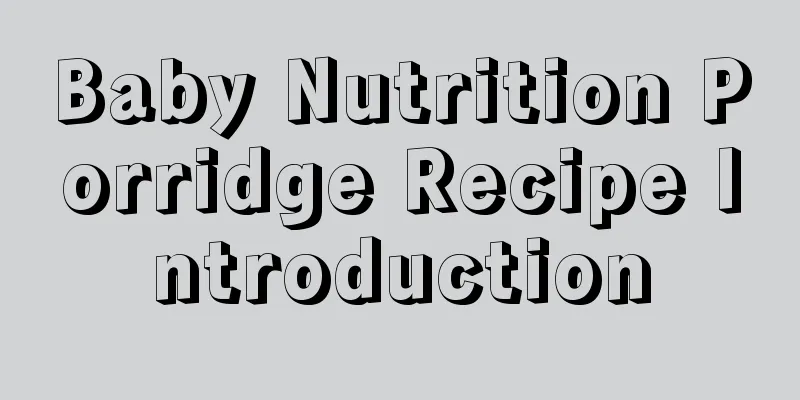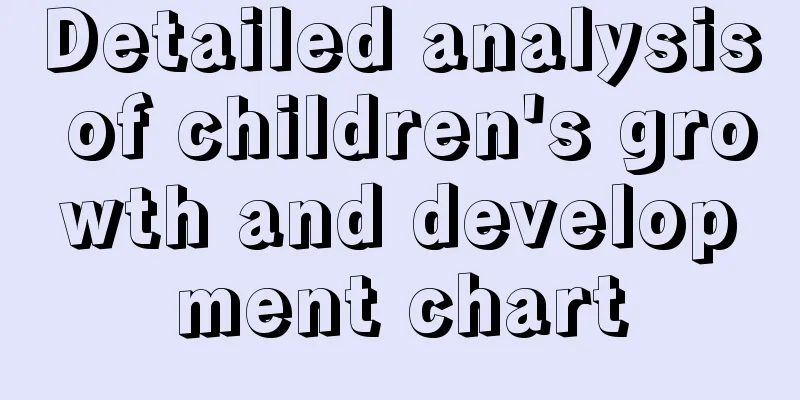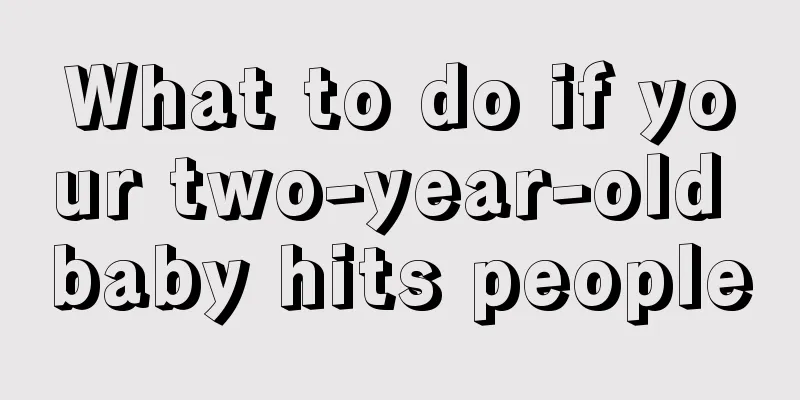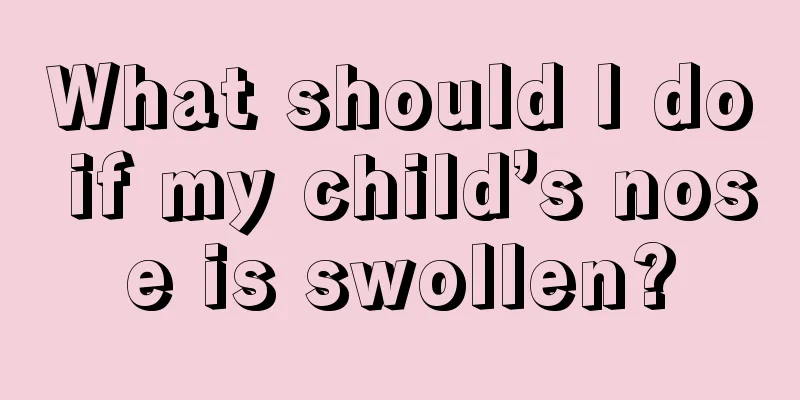What are the symptoms of epilepsy in children
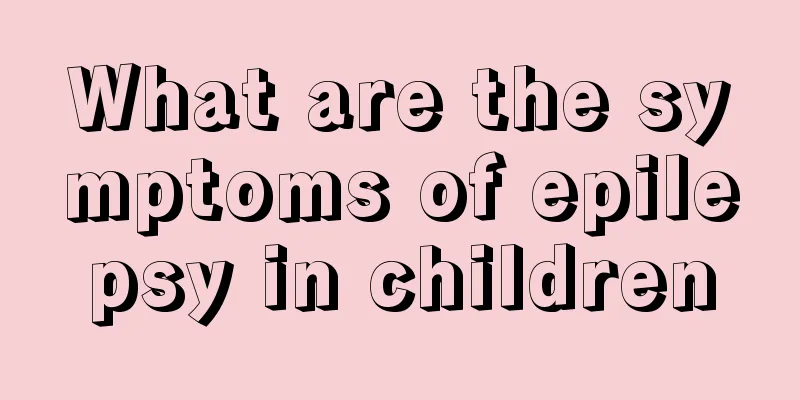
|
Epilepsy is what we commonly call epilepsy. It is a chronic disease of brain function. The symptoms manifested are different due to different sites of onset. If a patient suffers from epilepsy, it will basically be a long-term companion, and epilepsy is prone to recurring, which brings serious burden and pressure to both the patient and his family. Now let's understand what the symptoms of epilepsy are. 1. Early symptoms of epilepsy in children: In the early stages of childhood epilepsy, children sweat excessively on their heads during feeding and sleeping. Excessive sweating causes local irritation, so children like to shake their heads. When you shake your head, the back of your head is rubbed, which causes hair loss over time. In addition, the child is restless and easily awakened during sleep. 2. Localized seizures of epilepsy in children: Short paroxysmal twitches or numbness and tingling in one corner of the mouth, eyelid, fingers, toes, or one side of the face and extremities. The twitching may sometimes spread from the fingers to the upper limbs and then to the opposite side. Psychomotor seizures in childhood epilepsy. Symptoms of epilepsy in children are similar to absence seizures, but last longer than 1 minute. Or there may be various hallucinations, illusions, and unconscious movements, such as sucking, chewing, smacking lips, undressing, and unbuttoning. 3. Children with epileptic seizures: Absence seizures are characterized by brief disturbances of consciousness that occur suddenly and stop suddenly, without tics. During an attack, the child patient will remain motionless, his face will be slightly pale, speech activities will cease, his hands will be unable to hold objects, and sometimes he will be unable to stand steadily. Onset usually occurs after 2 to 10 minutes. 4. Grand mal seizures in children: Grand mal seizures, absence seizures, and psychotic forms are common. Grand mal seizures have the highest incidence rate. During an attack, there is sudden loss of consciousness, breathing stops, foaming at the mouth, twitching of the limbs, and possible tongue biting. The attack lasts for 1 to 5 minutes, and the patient falls asleep after the twitching stops. Headache and weakness after waking up, and no memory of the seizure are symptoms of epilepsy in children. |
<<: How to remove phlegm from children’s throats?
>>: This treatment for enuresis in children is too strong
Recommend
One and a half year old baby has a bloated belly
If your baby has a bloated belly, the most likely...
What should six-year-old children eat to supplement calcium? This thing is indispensable!
In daily life, many foods contain some nutrients ...
Six most common causes of nosebleeds in children
Nosebleeds in children are a very common phenomen...
What are the reasons why babies move their hands and feet when they sleep?
Nowadays, children are the apple of every family&...
Education of a three-year-old baby
At the age of three, many children have developed...
Is it normal for a newborn to breastfeed so often?
Many young mothers know that breastfeeding has ma...
What is the pink polyp on the vaginal opening of a baby girl?
Pay attention to the hygiene of the baby girl'...
What to do if your child has a fever
Colds and fevers are the most worrying issues for...
Why does a newborn baby have diarrhea after drinking breast milk?
The digestive system of a newborn is relatively p...
Mobile phones are more harmful to children's eyes than computers
In modern society, electronic products such as mo...
Find out the cause of a seven-month-old baby's runny nose and sneezing
A 7-month-old baby with runny nose and sneezing i...
Reasons why children can't sit still in class
Some children are prone to being active and unabl...
What to do if a premature baby has a fever
A premature baby is a child who comes into this w...
Symptoms of lobar pneumonia in children
Summer is here, and as the weather continues to g...
What should I do if my baby's forehead is red from a fall?
If your baby's forehead is red from a fall, y...
